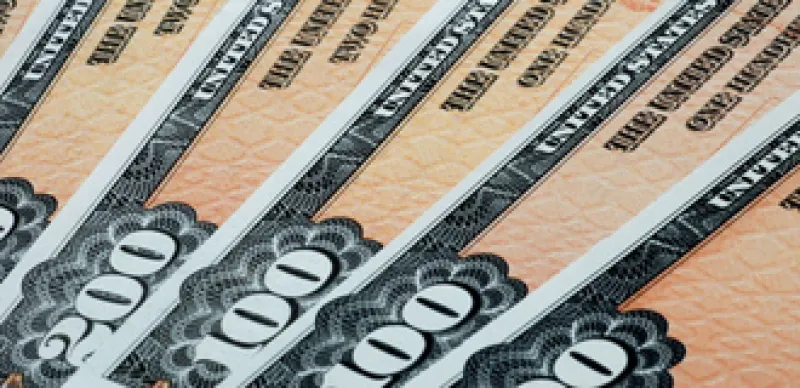Will the U.S. lose its Aaa credit rating? Strictly speaking, it already has. Moody’s and Standard & Poor’s warned anew last week that the U.S. risks a downgrade if it can’t address its soaring debt, which is about to hit a $14.3 trillion ceiling.
Yet Dagong Global Capital Rating Co., the largest credit-rating agency is China, views the U.S. at well below Aaa status. It downgraded the U.S. in November to A+ from AA. The firm, which won’t disclose its ownership, is closely linked to government agencies in China. Last September, the SEC denied Dagong’s bid to operate in the U.S., on the grounds that it would not comply with U.S. disclosure requirements, provoking an angry response from Dagong. But Dagong’s view of U.S. credit is shared by many investors and experts. “An A plus rating is about right,” says Phillip Phan, a professor and executive vice dean at Johns Hopkins’ Carey Business School.
A downgrade of U.S. Treasury notes is unlikely over the near term, but it may become inevitable in a few years if the U.S. doesn’t address its fiscal problems. And if the U.S. loses its Aaa rating, the consequences would ripple throughout the corporate market as well. “The more immediate problem is that if the sovereign debt rating drops, all corporate debt ratings will take a massive hit,” Phan says. That’s because corporate ratings in a country are pegged to the local sovereign currency, which is considered the lowest risk in a given country. The government has the power to raise taxes to pay its bills, which is something even the strongest corporations can’t do.
The link between public and private ratings in the U.S. is particularly strong, because 80 percent of the economy is still domestic, according to Phan.
Nearly half of the U.S. debt has been accumulated during the last six years. The debt now accounts for an alarming 95 percent of GDP, up from 51 percent in 1988. The CBO says interest on the U.S. debt could double over the next 10 years to $778 billion a year, roughly the same size as the Defense budget, according to Seeking Alpha. The annual budget deficit in the U.S. has hit 10.6 percent — not quite in the range of the Greece’s 13 percent level, but certainly too close for comfort.
Phan says the debt problem in the U.S., as bad as it is, has yet to explode. But he believes it will because solving the debt problem would require tough decisions such as putting Fannie or Freddie into receivership, writing off hundreds of billions of dollars in assets and foreclosing on millions of homes. By socializing those losses, the U.S. will increase its public debt dramatically from where it is today.
As comprehensive as the Dodd-Frank financial reform law is, it fails to address Fannie and Freddie. While the Obama administration has pledged to take up the issue of Fannie and Freddie this year, it’s too early to predict whether that process will reform the agencies in a manner that reduces stress on the U.S. fiscal system.
The U.S. still has a little time to get its fiscal house in order. Demand for Treasuries remains strong, because fiscal problems in other regions such as Europe remain worse. And barring gold, there’s really no alternative to the dollar as a reserve currency. China’s Yuan isn’t ready to take on that role because it doesn’t trade. But if the Yuan evolves and the U.S. is unable to address its fiscal challenges, Dagong might turn out to be ahead of the curve.






